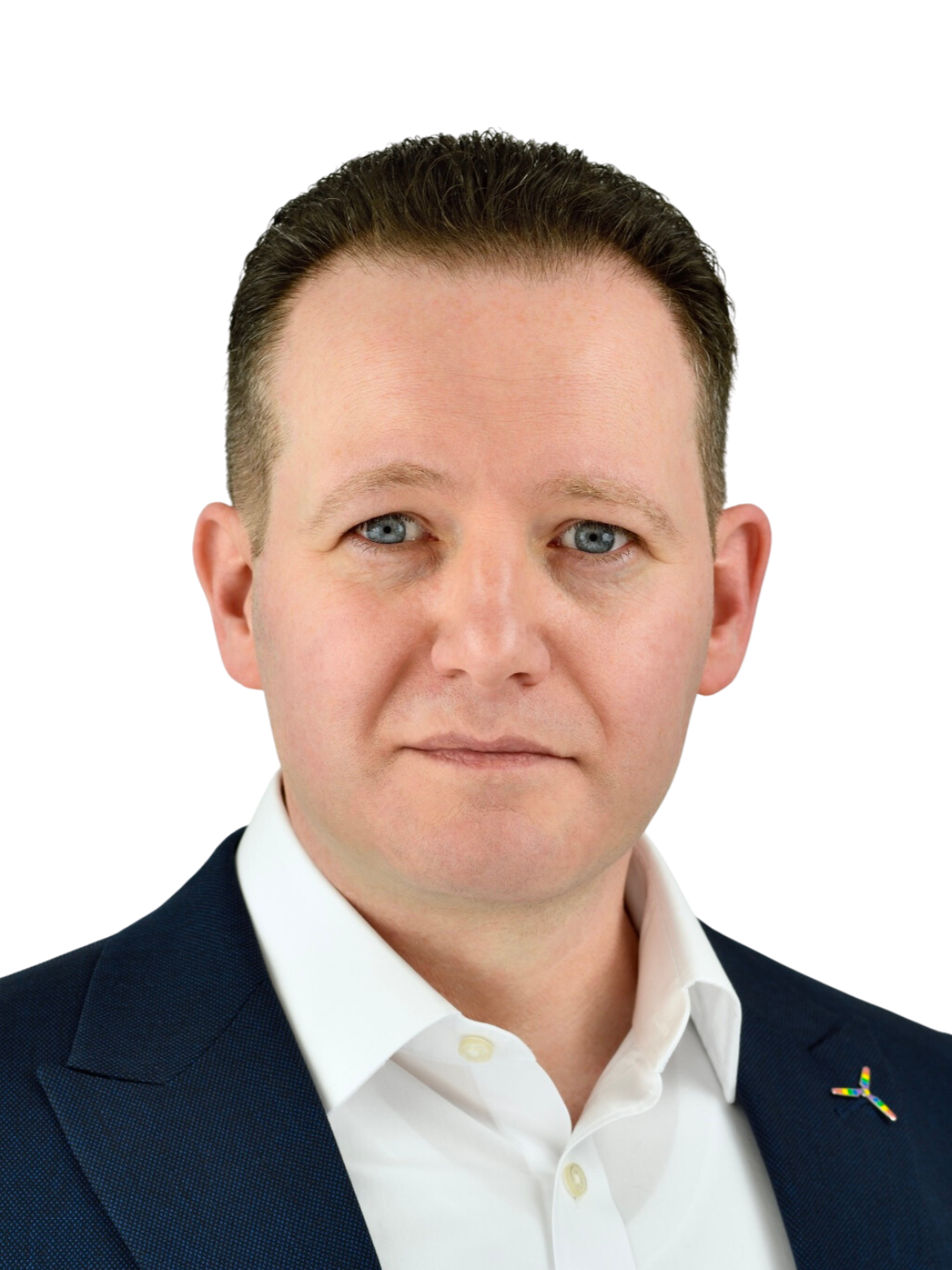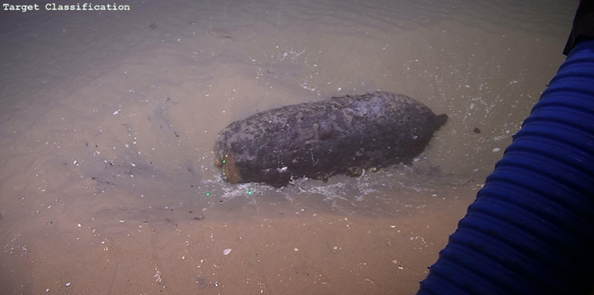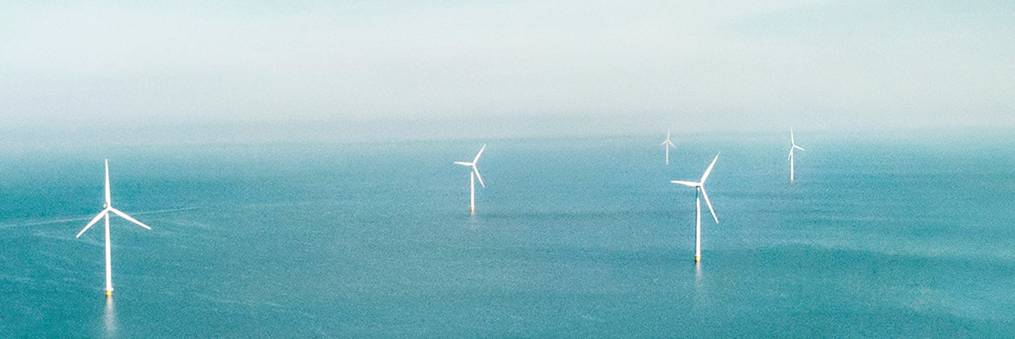Fugro
Ecowende partners with Fugro, the world’s leading geo-data specialist, to conduct a full suite of geo-data surveys at our Hollandse Kust West wind farm. Fugro’s extensive track record in site characterisation - including geophysical surveys and unexploded ordnance (UXO) investigations - is critical to the project’s design and development.

Geotechnical site investigation
In recent years, Fugro has pioneered advanced geotechnical innovations, including the SEACALF® MkV Deep Drive® system for seabed cone penetration tests (CPTs).
Accurate CPTs are required at any foundation location to inform design and installation calculations to depths of between 40 and 50 metres. With a unique combination of a coiled push rod and friction reduction system, the SEACALF® MkV Deep Drive® achieves up to 60% deeper seabed CPT penetration without needing manual handling by offshore personnel.
This solution speeds up data delivery and reduces the project’s vessel footprint by removing the need for time-intensive drill-out CPTs.

SEACALF® MkV Deep Drive® system
UXO risk mitigation
A UXO survey is essential to detect UXOs and map potential subsea hazards, such as shipwrecks and historic artifacts, that could impede construction and installation. These surveys are conducted using specialised equipment including multibeam echo sounders, side-scan sonar, and dual ScanFish systems equipped with multiple magnetometers.
Fugro deploys vessels and work-class ROVs to identify UXOs at the site, using specialised tooling to investigate previously surveyed items. This ensures construction activities can commence safely, on time, with reduced risk of environmental contamination.

UXO object
Pre-construction ecology surveys
Fugro has added further value by using the same campaign to acquire both geophysical and ecological data. This has enabled the surveying of sabellaria reefs and sandwave habitats before construction.
The Dutch North Sea is characterised by sand and silt, which cover many of the sea’s features, including sand waves, sandbanks, and channels. These provide habitats for sea-dwelling creatures known as benthos, but the presence of wind turbines may influence how these features form. It was therefore important to survey the features to understand how the turbines might affect the seabed and the creatures living on it.
Sabellaria spinulosa, commonly known as the Ross Worm, is a tube-dwelling species that can form extensive biogenic reef habitats. These reefs are biodiversity hotspots, providing shelter for many species such as crabs, common sea stars, and various fish. However, prior to 2017, it was believed that sabellaria reefs had largely disappeared from the Dutch North Sea. This makes identifying and monitoring their presence key to understanding Ecowende’s biodiversity impacts.
Within a single campaign
Overall, Fugro’s project management expertise has enabled the geotechnical, geophysical, UXO and ecological surveys to be completed within a single campaign. This has saved Ecowende from mobilising multiple vessels, leading to reduced costs and environmental impacts.
© Images and copy in cooperation with Fugro.


innovations
